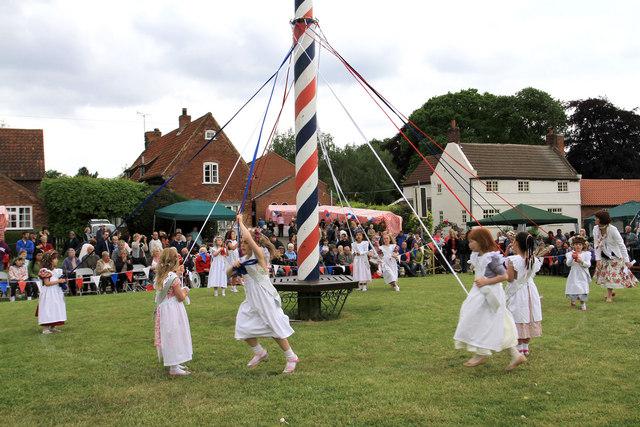Agriculture and fertility have long been at the heart of human survival. The sowing of seeds, the growth of crops, and the subsequent harvest are processes so intrinsic to life that ancient cultures revered them, often embodying them in divine figures. Gods and goddesses, endowed with powers over the earth’s bounty, were invoked to bless the fields, ensure fertility, and safeguard the cycles of nature. These deities, who governed life, death, and rebirth through the lens of agriculture, were central to the spiritual and physical existence of ancient societies. In this exploration, we’ll journey through some of the world’s most significant gods of the harvest and fertility, discovering how they shaped the cultures that worshiped them and how their stories reflect the universal human connection to the land.
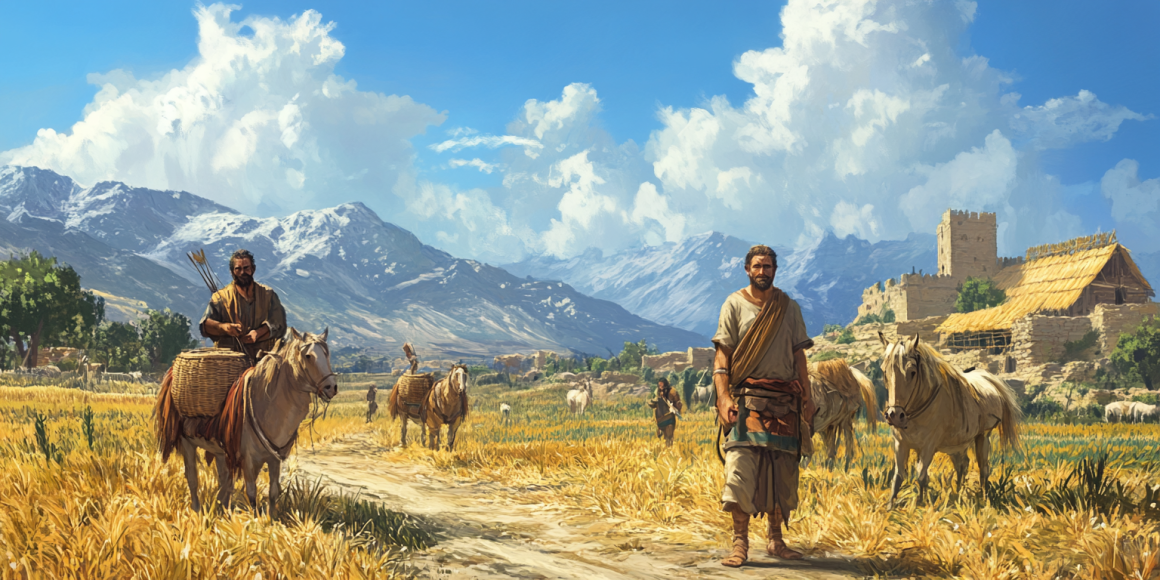
The Roots of Worship – Agriculture as Life’s Lifeblood
Long before humanity harnessed the power of plows or organized vast irrigation systems, early peoples knew that their survival depended on the land. The cultivation of crops marked the transition from nomadic lifestyles to settled civilizations. This newfound relationship with the soil brought with it not only sustenance but a profound understanding of the earth’s rhythms, an awareness that became deeply spiritual.
In many ancient cultures, fertility wasn’t solely about crops. It intertwined with human fertility, reflecting the cycles of life, birth, growth, and death. Fertile land produced abundant crops, and fertile humans produced strong offspring to tend those crops. This confluence of ideas about fertility and agriculture birthed complex mythologies, where gods and goddesses played pivotal roles in ensuring the fecundity of both the earth and its people.

The Fertile Crescent – Mesopotamian Deities of the Harvest
The Fertile Crescent, known as the cradle of civilization, was one of the earliest places where agriculture flourished. Mesopotamian societies, with their complex irrigation systems and large-scale farming, created a pantheon of gods and goddesses linked to fertility and agriculture. Chief among these deities was Enlil, the Sumerian god of air and agriculture, who had dominion over the forces that made crops grow. It was believed that Enlil controlled the weather, bringing rains that would nourish the earth or withhold them as punishment.
The goddess Ninhursag, often depicted as a mother figure, was revered as the goddess of fertility and creation. She was not only the mother of gods but also the embodiment of the fertile earth itself. Her role in agriculture was vital, as she symbolized the earth’s ability to produce life from the seed.
However, no deity represented the cycles of agriculture more vividly than Dumuzi (Tammuz), the god of shepherds and fertility. His marriage to the goddess Inanna (Ishtar) was a metaphor for the seasonal cycle. Each year, Dumuzi would die, descending into the underworld, and each year he would return, his rebirth signaling the renewal of the earth’s fertility. His story of death and resurrection closely mirrored the annual planting, growth, harvest, and dormancy of crops.
Inanna, the goddess of love, fertility, and warfare, played a crucial role in these agricultural myths. Her relationship with Dumuzi symbolized the balance of power between nature’s destructive and creative forces. Festivals celebrating their union and mourning his death were intricately tied to planting and harvest seasons. Thus, the myths of Mesopotamia not only explained natural phenomena but also guided the rituals and agricultural practices of their people.
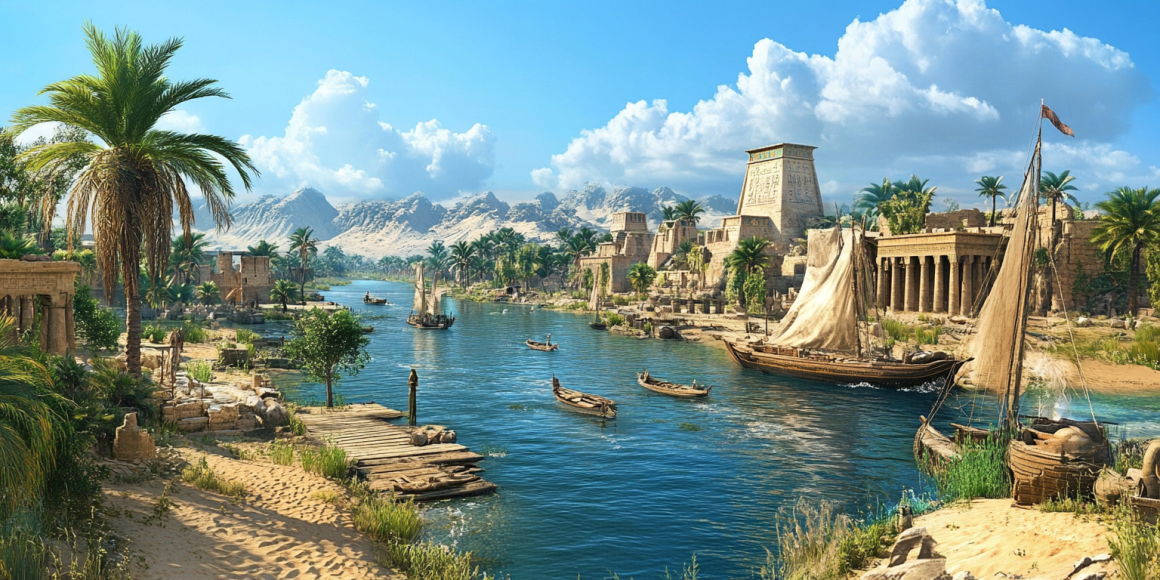
Egypt – The Lifeblood of the Nile and the God of Agriculture
Moving to ancient Egypt, we find a civilization that revolved around the Nile River’s cyclical flooding, which fertilized the land. This natural event was so vital that it became central to the Egyptians’ spiritual worldview. One of the most important deities in this agricultural context was Osiris, a god who, like Dumuzi, was associated with death and rebirth.
Osiris’s connection to the harvest is multifaceted. As a god of the underworld, he ruled over the dead, but he was also the god of vegetation and agriculture. His death at the hands of his brother Set, and subsequent resurrection by his wife Isis, symbolized the regeneration of crops. Just as seeds are buried in the earth and later emerge as new life, Osiris’s death and return to life were seen as essential to the annual cycle of planting and harvesting.
The Egyptians celebrated the festival of Osiris during the time of the Nile’s inundation, ensuring that his resurrection would bring about the fertility needed for a bountiful harvest. His close association with grain is reflected in Egyptian burial practices, where seeds were often placed with the dead, symbolizing hope for regeneration and eternal life.
The goddess Isis, too, was worshiped as a fertility deity, her magic and love for Osiris contributing to the renewal of life. Isis’s motherly aspects were closely tied to the fertility of both the land and the womb, making her one of the most revered goddesses in Egyptian religion.
Other agricultural gods included Min, the god of fertility, rain, and crops, often depicted holding a flail, which symbolized the threshing of wheat. The Egyptians believed that Min controlled the fertility of both the earth and its people, ensuring the continuity of life through the seasons.

Greece – Demeter and the Mysteries of the Harvest
Greek mythology gives us Demeter, the goddess of the harvest, whose sorrow over the loss of her daughter Persephone became a central myth explaining the seasons. Demeter, one of the Olympian gods, was responsible for the fertility of the earth and the bounty of the harvest. But her myth, more than any other, emphasizes the deep emotional connection between humans and the cycles of agriculture.
The story of Demeter and Persephone reflects the eternal dance of growth and decay. Persephone, abducted by Hades to live in the underworld, represents the dormant seed that lies buried in the earth during the winter months. Demeter’s grief for her lost daughter causes the earth to become barren. However, when Persephone returns to the surface, her mother’s joy brings about the blossoming of spring and the eventual harvest.
The ancient Greeks honored Demeter through the Eleusinian Mysteries, a series of secret rites that celebrated the goddess’s power over life, death, and rebirth. These ceremonies, which took place in the town of Eleusis, were among the most important religious events in ancient Greece, drawing participants from all over the Greek world. While much about the Mysteries remains shrouded in secrecy, it is clear that they were intimately connected to the agricultural cycle, symbolizing humanity’s hope for life after death, just as crops return to life after winter’s darkness.
Demeter was also closely associated with the grain, the staple crop of ancient Greece. The Thesmophoria, a festival dedicated to her, was held during the time of sowing and focused on ensuring fertility for the next year’s harvest.
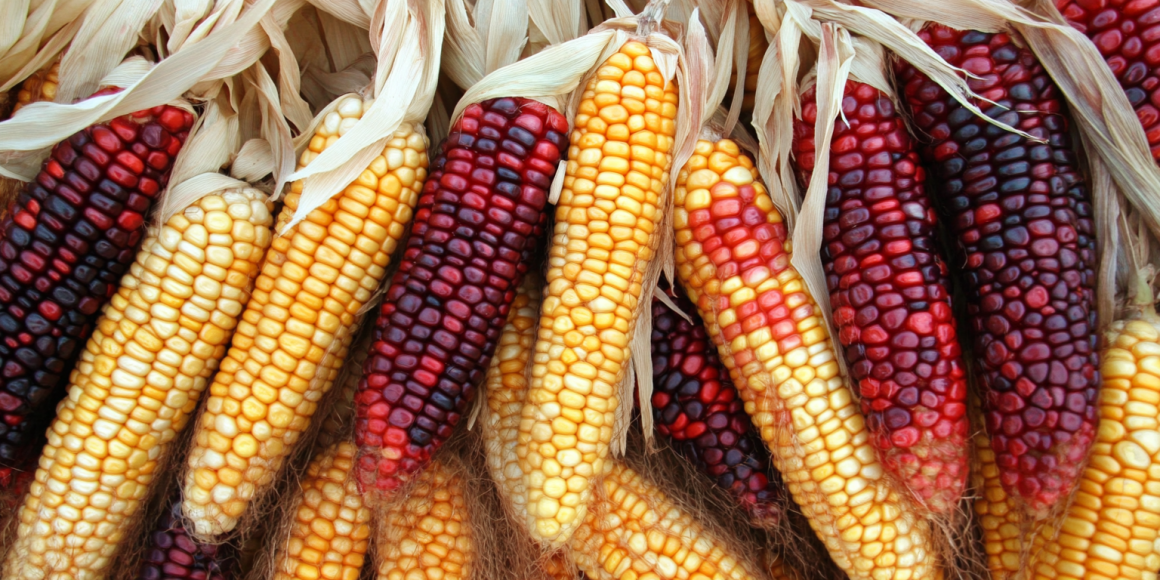
The Americas – Corn, Rain, and Life
Across the Atlantic, in the civilizations of Mesoamerica and the Andes, the relationship between agriculture and divinity was equally profound, though focused on different crops and conditions.
For the Maya and the Aztecs, corn (maize) was the staple of life, and its importance was reflected in their religious practices. The Maya god of corn, Hun Hunahpu, is a deity whose life story echoes the agricultural cycle. Like Dumuzi and Osiris, Hun Hunahpu dies and is resurrected, a symbol of the seed that must be planted (or sacrificed) in order for new life to grow. The Maya’s sacred calendar was closely tied to the agricultural cycle, with rituals timed to the planting and harvesting of corn.
Among the Aztecs, the goddess Chicomecóatl was the deity of agriculture, particularly maize. She was depicted holding ears of corn and represented the nourishing power of the earth. Her blessings were essential for ensuring that the crops grew tall and strong, providing sustenance for the people. Aztec farmers made offerings to Chicomecóatl to ensure a successful harvest, acknowledging the god’s control over their very survival.
In the Andean regions, the Inca civilization developed a complex agricultural society, terracing mountainsides to grow their staple crops. Their principal agricultural deity was Pachamama, the earth mother, who presided over planting and harvesting. Pachamama was not only a fertility goddess but the very spirit of the earth itself, a provider of sustenance and shelter. The Inca would offer llamas and food sacrifices to her, ensuring the fertility of the land and the continuation of the harvest cycle.
The connection between agriculture and religion was so fundamental to the Inca that they considered their emperor, the Sapa Inca, to be the son of the sun god Inti, who, like Pachamama, was vital for the fertility of crops. Festivals such as Inti Raymi, which celebrated the winter solstice, were central to their agricultural calendar and ensured divine favor for the coming growing season.
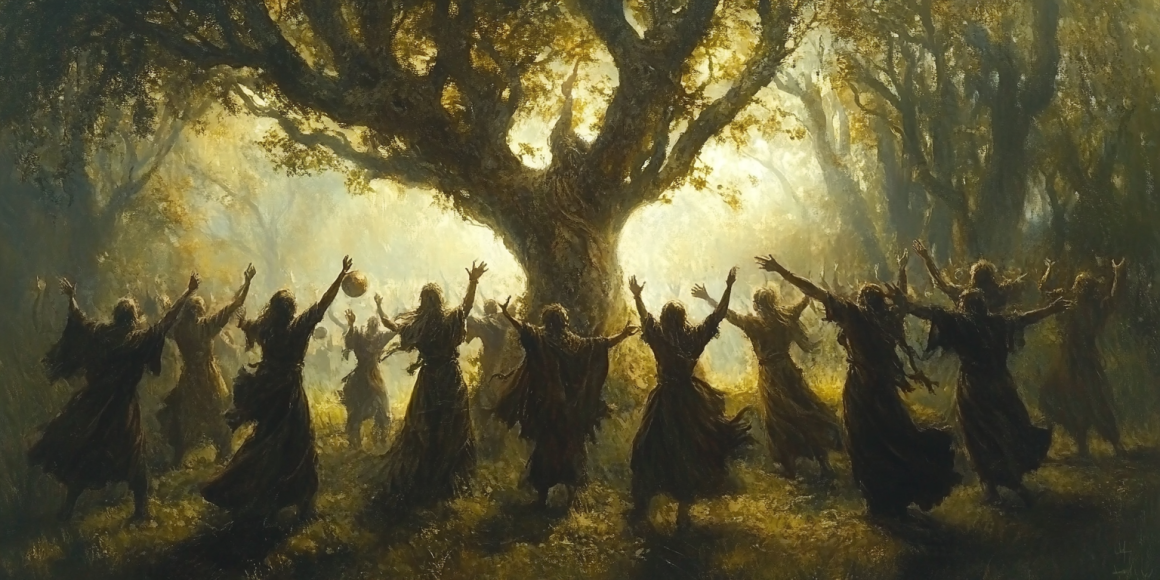
Norse and Celtic Fertility Gods – Celebrating the Land’s Bounty
In the colder climates of Northern Europe, where agriculture was more challenging, the Norse and Celtic peoples still celebrated gods and goddesses of fertility and the harvest.
The Norse god Freyr was central to their agricultural practices. As the god of fertility, peace, and prosperity, Freyr was associated with the growth of crops and the bringing of wealth through bountiful harvests. Freyr’s blessings were necessary for a successful season, and his worship was integral to ensuring the well-being of the land and its people. He was celebrated during festivals such as Yule, where sacrifices were made to guarantee the fertility of the fields in the coming year.
In the Celtic tradition, the goddess Brigid was a deity of fertility, the hearth, and the harvest. She was invoked during Imbolc, a festival held in early February to mark the beginning of spring and the start of the agricultural year. Brigid, with her power over fire and water, was believed to ensure the fertility of both the land and livestock, making her an essential figure in the lives of Celtic farmers.
The harvest festival of Lughnasadh, held in honor of the god Lugh, was another important Celtic celebration. Lugh, a god of light and craftsmanship, was also associated with the harvest, and his festival marked the end of summer and the gathering of the crops. The first fruits of the harvest were offered to him in gratitude for his blessings, ensuring the continuation of the cycle of life and death, growth and decay.
The Eternal Cycle – Gods, Harvests, and Humanity
Across the globe, from the fertile valleys of Mesopotamia to the terraced mountains of the Andes, from the banks of the Nile to the windswept plains of Northern Europe, the story of agriculture and fertility is a story of humanity’s connection to the land. The gods and goddesses who presided over the harvest were more than just symbols of agricultural abundance; they represented life itself. Their myths, rituals, and festivals reflected the cyclical nature of existence, where death is always followed by rebirth, and scarcity gives way to abundance.
These ancient deities, in their myriad forms, remind us of the delicate balance between humans and nature, a balance that remains as relevant today as it was thousands of years ago. The reverence for the earth’s fertility, once embodied in divine figures, continues to influence our relationship with the land, as we strive to sustain the cycles of life that have always nourished us.
References
- Black, Jeremy, and Anthony Green. Gods, Demons and Symbols of Ancient Mesopotamia. University of Texas Press, 1992.
- Leeming, David. The World of Myth: An Anthology. Oxford University Press, 2014.
- Burkert, Walter. Greek Religion. Harvard University Press, 1985.Finneran, Niall. The Archaeology of Christianity in Africa. Routledge, 2016.
- Carrasco, David. City of Sacrifice: The Aztec Empire and the Role of Violence in Civilization. Beacon Press, 2000.
- Bradley, Richard. The Archaeology of the Norse in the British Isles. Routledge, 2014.





